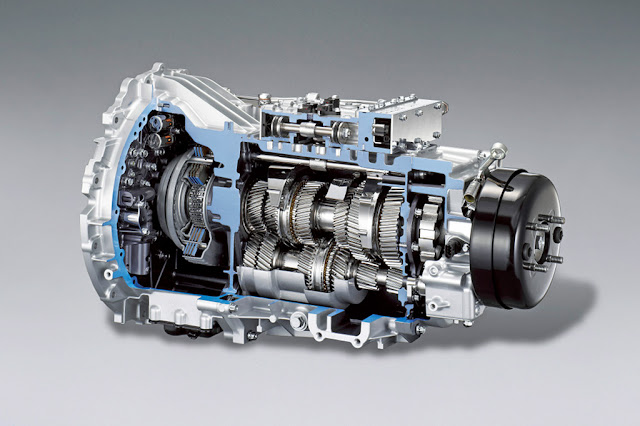Innovative Materials and Designs in the Industrial Motors Sector
Innovative materials and designs in the industrial motors sector have been instrumental in driving advancements and pushing the boundaries of motor performance, efficiency, and sustainability. As industries strive to enhance their operations while minimizing environmental impact, the exploration of novel materials and cutting-edge designs has become a key focus for motor manufacturers.
One area of innovation lies in the
development of advanced materials used in motor construction. Traditionally,
industrial motors have been built using conventional materials such as steel
and aluminum. While these materials are reliable and cost-effective, they may
not always offer the best performance characteristics. As a result, researchers
and engineers have turned to new materials with improved properties to achieve
higher efficiency and functionality.
According to Coherent Market Insights, the global
industrial motors market size was valued at US$ 3,430 million in 2022
and is anticipated to witness a compound annual growth rate (CAGR) of 3.54%
from 2023 to 2030.
For instance, the use of
high-performance magnetic materials, such as rare-earth magnets, has
significantly increased motor power density and efficiency. These magnets
possess stronger magnetic fields, allowing for smaller and more lightweight
motors with comparable or even higher power outputs. The reduction in size and
weight is particularly valuable in applications where space is limited or
weight constraints are critical, such as in electric vehicles and aerospace
systems.
Moreover, advancements in composite
materials have contributed to the development of motors with enhanced thermal
and mechanical properties. Composite materials offer better heat dissipation
and improved structural integrity, allowing motors to operate at higher
temperatures without sacrificing performance or reliability. This, in turn,
leads to longer operational lifespans and reduces the need for frequent
maintenance, lowering overall life cycle costs.
Innovative motor designs have
also played a crucial role in driving performance improvements. One such design
approach is the use of segmented or modular motors. These designs enable easier
disassembly and replacement of individual components, making maintenance more
efficient and reducing downtime in industrial processes.
Another transformative concept is
the advent of fractional-slot concentrated windings. Compared to traditional
distributed windings, this design optimizes magnetic flux distribution,
reducing losses and increasing efficiency. Fractional-slot concentrated
windings have demonstrated better performance in variable-speed applications,
making them ideal for industries seeking greater energy efficiency and precise
motor control.
Additionally, integrated motor
drive systems, combining power electronics with motor technology, have emerged
as a breakthrough in the industrial
motors sector. These systems
integrate motor control and power conversion functionalities into a single
unit, reducing energy losses and enhancing overall system efficiency.
Integrated motor drive systems are particularly valuable in applications where
precise control, compactness, and high power density are required, such as
robotics and automation.
Furthermore, the growing trend of
3D printing, or additive manufacturing, has also impacted the industrial motors
sector. It allows for the rapid prototyping and customization of motor
components, resulting in faster innovation and the ability to tailor motors to
specific applications. Additive manufacturing has the potential to
revolutionize the production process, enabling more cost-effective and
environmentally friendly manufacturing practices.
Innovative materials and designs
have been transformative forces in the industrial motors sector, enabling
significant improvements in motor efficiency, performance, and sustainability.
As industries continue to prioritize energy efficiency and environmentally
responsible practices, further exploration and integration of innovative
materials and designs will remain crucial for shaping the future of industrial motors.
These advancements will not only drive greater productivity and cost savings
for businesses but also contribute to a greener and more sustainable industrial
landscape.



%20Market1.png)
Comments
Post a Comment